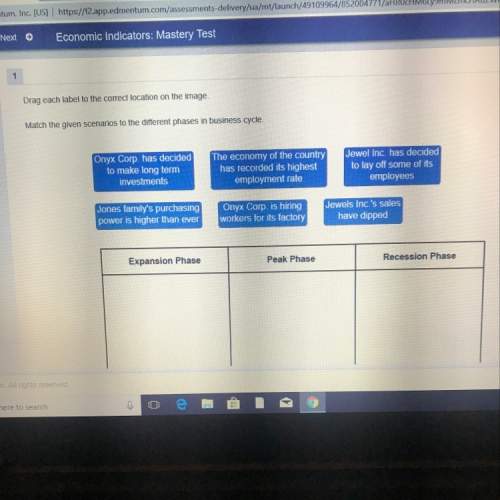
Business, 08.07.2021 23:40, XxJadexX6527
Consider the following discussion.
It has been a tough year in the poultry business, with supply outpacing demand and feed-grain prices rising substantially. But producers are hoping all that changes when the summer cook-out season starts.
The seasonal upswing in chicken consumption along with the anticipated jump in spot-market poultry prices, could bring some relief to producers whose profit margins have been slashed by surging corn and soybean-meal costs.
Rising feed-grain prices, accelerated by the diversion of corn to make ethanol, have pushed up the cost of producing a live chicken by as much as 65 percent over the past two years.
Three factors make analysts more optimistic:
Companies are cutting production, weekly egg-set numbers are declining (egg sets are fertile eggs placed in incubators), and prices are responding positively to the decreasing supply.
The production slowdown is a response to the surge in feed-grain prices last fall.
Profit margins at producers will not improve unless spot-market prices for chicken move up fast enough to cover costs paid for corn and soybean meal to feed chicken flocks.
Production cutbacks and seasonal demand have helped fuel a 20-cent increase in boneless, skinless breast-meat prices to $1.46 a pound. Prices are expected to reach at least $1.80 by summer 2008.
a. Use demand and supply analysis to illustrate the changes in chicken prices described in the above article.
b. Describe what has happened in the corn and soybean-meal markets and how that has influenced the chicken market.

Answers: 3
Other questions on the subject: Business

Business, 22.06.2019 03:50, raieliz1414
Suppose that a worker in agland can produce either 10 units of organic grain or 2 units of incense per year, and a worker in zenland can produce either 5 units of organic grain or 15 units of incense per year. there are 20 workers in agland and 10 workers in zenland. currently the two countries do not trade. agland produces and consumes 100 units of grain and 20 units of incense per year. zenland produces and consumes 50 units of grain and no incense per year. if each country made the decision to specialize in producing the good in which it has a comparative advantage, then the combined yearly output of the two countries would increase by a. 30 units of grain and 100 units of incense. b. 30 units of grain and 150 units of incense. c. 50 units of grain and 90 units of incense. d. 50 units of grain and 130 units of ince
Answers: 1

Business, 22.06.2019 10:30, AriaMartinez
Describe three scenarios in which you might utilize mathematics to investigate a crime scene, accident scene, or to make decisions involving police practice. be sure to explain how math is used in police as they work through each scenario.
Answers: 1

Business, 22.06.2019 16:40, yoooo9313
An electronics store is running a promotion where for every video game purchased, the customer receives a coupon upon checkout to purchase a second game at a 50% discount. the coupons expire in one year. the store normally recognized a gross profit margin of 40% of the selling price on video games. how would the store account for a purchase using the discount coupon?
Answers: 3

Business, 23.06.2019 11:00, SillyEve
If quotas on sugar were eliminated in the united states, domestic production of sugar would fall. why is this a benefit in economic terms for the united states? i. resources are freed up that could be used more efficiently elsewhere. ii. it is beneficial because it allows foreign producers of sugar to earn income and thus those countries are better off. iii. u. s. consumers are able to enjoy increased consumer surplus because of the lower prices of imported sugar.
Answers: 1
Do you know the correct answer?
Consider the following discussion.
It has been a tough year in the poultry business, with supply ou...
Questions in other subjects:


Engineering, 31.07.2019 21:20






Social Studies, 31.07.2019 21:20


English, 31.07.2019 21:20







